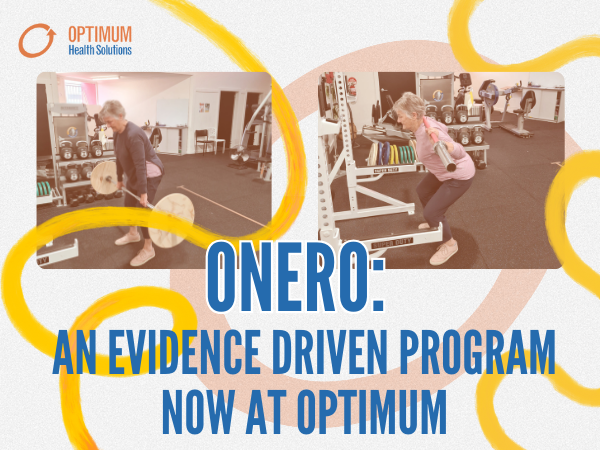Parkinson’s, also known as “movement disorder,” is a progressive neurological condition that affects a person’s ability to control their body movements. Following Dementia, Parkinson’s is the second most common neuro-degenerative disease in Australia. The disease increases with age, having the greatest occurrence rate within the 60’s age group.
Signs and Symptoms:
Symptoms of Parkinson’s are caused by degeneration of nerve cells in the middle part of the brain. This causes a reduced production of the chemical messenger, dopamine. Dopamine is necessary for smooth, controlled movements. Therefore, for someone who lacks dopamine in the middle part of the brain, their movements become slowed, rigid and difficult to control.
Signs of Parkinson’s Disease include:
- Tremor
- Muscle stiffness or rigidity
- Slowness of movement or slowness in initiating movement
- Balance impairments
Symptoms of Parkinson’s develop slowly and gradually over time. Each person is affected differently, and the rate of progression varies greatly between individuals. Although Parkinson’s Disease is classified as a movement disorder, it also causes non-motor deficits including:
- Anxiety
- Depression
- Behavioural and mood changes
- Memory issues
How to Manage Parkinson’s Disease?
Physiotherapy management focuses on maximising independence, improving physical capacity and quality of movement in daily life. The intervention will commonly contain exercise and movement strategy training. For people with Parkinson’s, exercise is a vital component to maintaining balance, mobility and the ability to perform activities of daily living. A daily exercise program should include stretching to improve flexibility, aerobic activities and strengthening exercises. Movement strategy training can help manage gait pattern, such as:
- When walking use visual clues, for example stepping over cracks in the pathway.
- Use verbal cues like “one/two” or “heel/toe.”
- Try walking to the beat of a song.
- Think “big steps” and swing arms.
Tips:
- Play your favourite music then either dance, march or move to the beat.
- Find an exercise you like and stick with it!
Physiotherapy is essential in the multidisciplinary management of people with Parkinson’s Disease. Advice and education offered in the early stages maintains general fitness, minimises deterioration and promotes self-management. In the later stages, physiotherapy can improve gait, balance, transfers, manual activities and reduce the falls risk.








